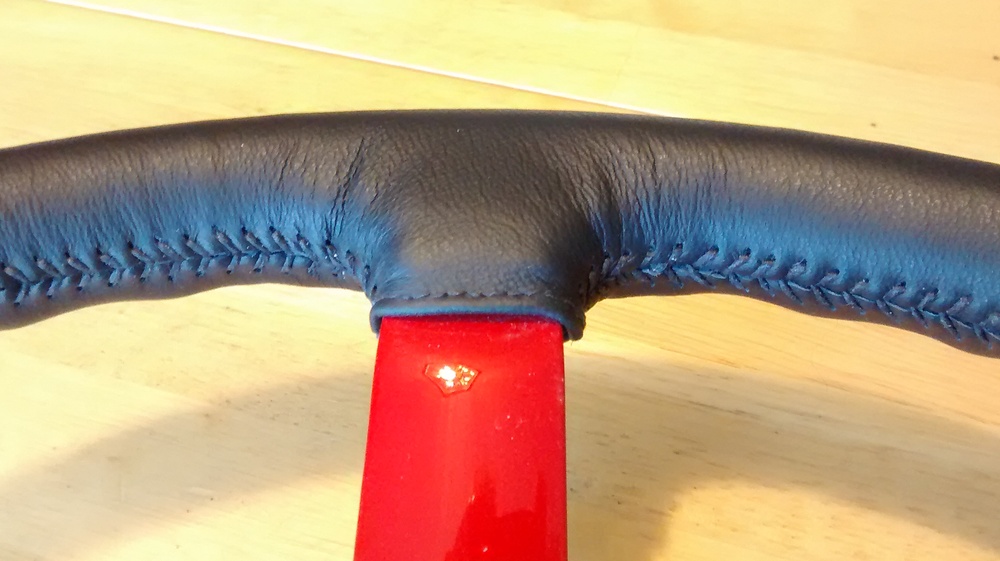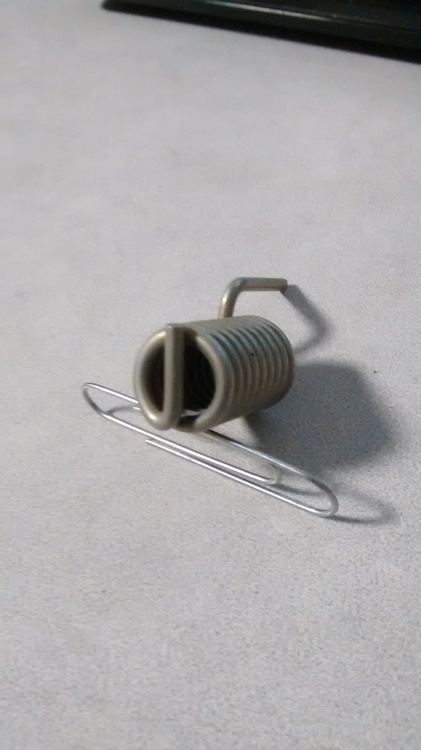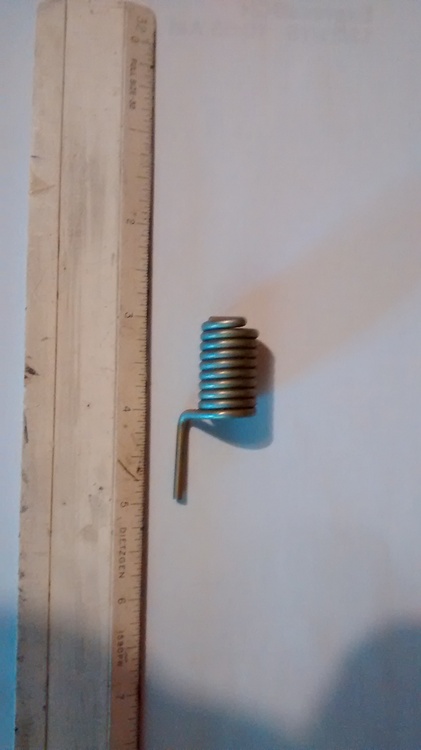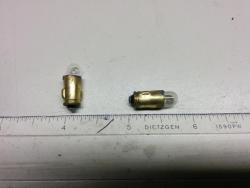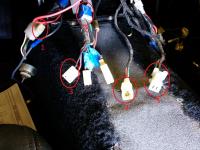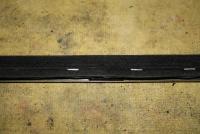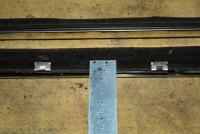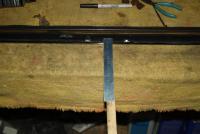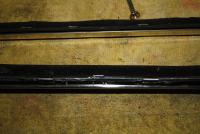-
Posts
33 -
Joined
-
Last visited
About rv6aflyer
- User Group: Member
- Member ID: 14933
- Title: Registered User
- Content Count: 33
- Content Post Ratio: 0.01
- Reputation: 3
- Achievement Points: 325
- Member Of The Days Won: 0
- Joined: 12/29/2007
- Been With Us For: 5955 Days
- Last Activity:
- Currently:
- Age: 68
Clubs
Contact
-
Map Location
Everett, Washington, USA
Recent Profile Visitors
The recent visitors block is disabled and is not being shown to other users.
rv6aflyer's Achievements
-
I didn't do anything to the horn pad outside of cleaning it. I did have to sand blast the plates used to make the horn's electrical connection and then re-plate them.
-
The final lacing only took a couple of hours, but I'm sure I have over 20 hours into this little project. But I enjoyed figuring out how to do the leather work. The materials themselves were pretty cheap. It was figuring out what to do and making numerous patterns to make sure the final leather cut would work that took the time.
-
Here are some pictures showing my steering wheel makeover for my '72. I wanted something a little different but still keeping some tie in to the original rather than go aftermarket. The first picture shows what it looked like when I bought the car. Covered in some weird wrap and lots of rust. I wanted the redone wheel to be thicker so I wrapped two layers of felt around the original wheel to make it about 1/4" bigger in diameter. Finally, I wanted it wrapped in leather. I considered Wheelskins, but I wanted the outer part of the spoke to be covered as well. It took me a while, but I finally found a local place that sold leather remnants big enough to go around the whole wheel. I used some smaller pieces to develop the templates for the spoke areas as well as to determine the width I wanted. I made myself a little hole punch using brass tubing and punched all the holes. The lacing is RealleatheR craft lace which I bought at JoAnn fabrics. The spokes are painted the same color as the exterior of the car to put just a little pop into my otherwise all black interior. I spent waaaayyy too much time on this, but it IS a hobby and I'm pretty happy with the results.
-
Thanks for all the replies. Zed Head: Definitely not a door spring. I have both of those in the car and they are both larger in diameter and quite a bit longer as well as spread open so they can be compressed. Captain Obvious: Yep, my rack looked just the same as yours and all the parts are back in it. The second spring came off the car all rusty, like most of the hardware. It's been sand blasted and replated with zinc and a chromate coating on top of the zinc. I used Caswell's CopyCad system and have done a ton of plating on the car. Mark Maras: The ends on spring 2 are both clean, no indication of any breakage. I looked at Heli-coils and they all seem to look like a spring that has been spread apart a bit. But a threaded insert is the best guess right now. I've attached a couple more pictures of spring 1 and one more of spring 2.
-
rv6aflyer started following Help identifying a couple of springs
-
So I finally got my Z back on the road after a total rebuild but have a couple of springs that I can't figure out where they go. I have a feeling the smaller one goes with the steering rack, but I've looked through the FSMs and threads here and can't find any picture showing this spring. It's actually kind of baffling since I don't see how it can have any normal spring function since it can't be compressed or twisted. Perhaps it is used as a spacer?? Captain Obvious: do you recall anything like this during your rack rebuild? The second spring appears to be used in a twisting application, but I can't recall where it came from. I've taken about 400 pictures of my project, but sure wish I had taken a lot more during the tear down phase. Thanks.
-
I've been trying to remove the coolant line between the intake manifolds with no success. There are nuts on both sides but they won't loosen. I've used PBblaster many times and have used heat several times. Anybody managed to get these apart? Any chance they are reverse threaded? I'm also having trouble with the hose fitting that lines up with the coolant tube but is on the "outside" of the manifold. Thanks for any help.
-
So this really raises some questions about using replacement pistons, say for any engine that gets bored out. I see posts about using different rods with different pistons and nobody seems to think much about it. If it is a balance issue, then the new piston/rod combinations could be balanced and it seems like you would be good to go. If the combination of crank and pistons/rods needs to get balanced as an assembly, that would be a much bigger deal and I don't see any references to people having this done. So if someone replaces the stock pistons with forged pistons (which I assume are lighter), does that screw up the crank counterbalances, or is the crank balanced by itself and as long as the piston/rod assemblies are balanced, everything is ok? I hope I'm not sounding ornery , I'm just trying to figure out what can be safely done and what is a problem. The reason for all these questions is that one of the pistons I was planning to use (flat top) has a cracked skirt. I was going to try to get just one piston, and then balance that against the other piston/rod combinations. I'm finding this an interesting discussion.
-
So I'm working on an N42/N42 L28 rebuild. I've read several places you should always put pistons back in the same cylinder they came from. I can understand that you want to keep the complete rod together, but I can't figure out why you need to put the piston back in the same cylinder if you hone the cylinder and replace the rings. Any engine gurus out there who can explain if and why it is necessary to put the piston back in the same cylinder even when you have the cylinder honed and use new rings? Thanks.
-
So I'm swapping some flat top pistons from a 280ZX F54 block into my N42/N42 engine. I acquired them as part of a parts car I bought. Last night I discovered one of them has a cracked skirt so now I'm looking to get 1 or 2 more pistons. So anybody have some flat top L28 pistons around? Maybe somebody who has a stroker project? Thanks.
-
Thanks. It is also available as a regular bulb Eiko 16037 - 3898. I ordered the LEDs. I'll update when I get them.
-
-
Does anyone have a part number and source for the small light bulbs that are used in the console indicators for Choke, Fasten Seat Belt, and Rear Window Defrost switch. Mine just say 1.5 watts, 12 volts. Car is a '72. I've searched without any luck so far. Thanks.
-
Car: 72 240Z; build date 5/72 This car was a real mess when I got it. I labeled all the existing connections when I took it apart and can get those back together just fine. Others that should have been there are not. For example, the Defrost switch/Fasten Seat Belts/Choke harness is missing from the little panel in the console. I have identified the two connectors that went to this panel. I still have 5 connectors in the center instrument panel harness that I can't identify and don't seem to agree with either a 72 or 73 FSM electrical diagram. Connector 1 is part of the heating harness. Two pin female with colors Red, Blue/White. Connector 2 is taped to the same bundle that contains the Defrost Switch/Fasten Seat Belts/Choke harness. I know that being taped to the harness like this means it was an option. I'm thinking fuel pump?? Two pin female T with colors Green, Black/White. Connector 3 is in the same bundle as 2. Two pin female with colors Black, Red/Blue. Connector 4 is standalone harness with a two pin male T connector. Colors are Red, Green/White. Connector 5 is standalone harness with a three pin female T connector. Colors are Green, Black, Black. Thanks for the help.
-
I just used the rubber to move the squeegee out. It didn't change the angle unless you are comparing it to the way Dave mounted his with the little lip over the top of the trim. I put the rubber in to move the squeegee closer to the window while keeping the natural angle of the new squeegee.
-
So I pretty much did what grantf suggested but went one step further. For the spacer I used a piece of old bicycle inner tube. I did use weather strip adhesive both to hold the inner tube to the squeegee and to act as a water seal between the squeegee and the trim piece. Finally, I decided I didn't think the supplied clips were going to keep it even enough, so I used staples. My steps: 1) I narrowed the side of the squeegee that mounts to the trim. I don't think you really need to do this, but it made using the clips a bit easier. 2) I used weather strip adhesive to glue the inner tube to the squeegee. 3) I used weather strip adhesive to try and seal the joint between the squeegee and the trim piece. 4) I used the supplied clips to hold the squeegee in place while I inserted the staples. 5) I made a little template/fixture with holes spaced to match my staple width. (staples were for a T50 stapler and are 3/8" long) 6) I used a backing piece of wood and carefully drilled the holes using my template. I was especially careful not to drill through the outside of the trim piece which would ruin your day! 7) I inserted the staples and used a needle nose pliers to both compress the inner tube/squeegee "sandwich" and start bending over the staple. 8) Repeated the process on both ends of the staple and then bent the legs flush against the trim piece. You can see the added rubber piece in the first picture as well as the template. The second picture shows the wood backing plate. Drill carefully! The third shows the staple before squeezing it. The fourth shows a couple of staples after squeezing them.




